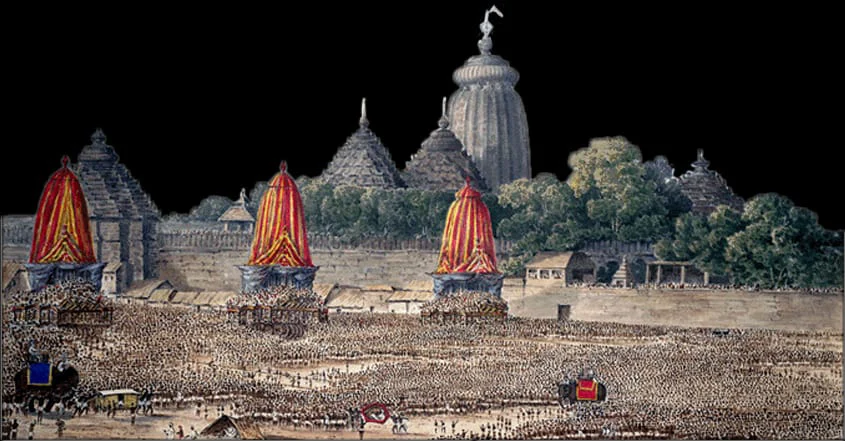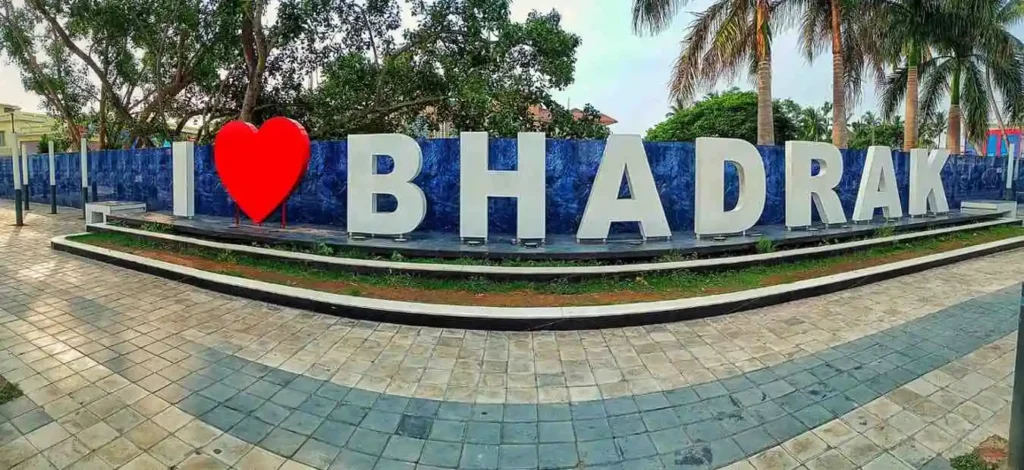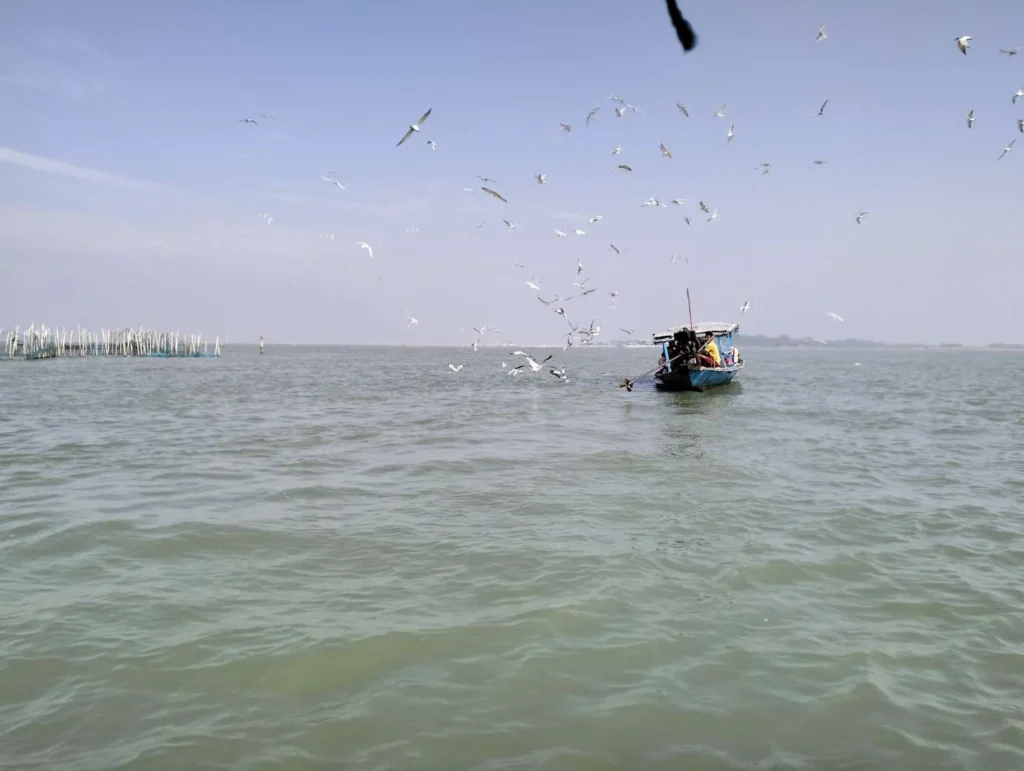Introduction: Why Rathyatra 2025 is Not Just a Festival, But an Emotion

The Origin of Rathyatra: Where Faith Meets History
The roots of the Rathyatra trace back to ancient times; in fact, possibly even pre-Vedic. Lord Jagannath, meaning “Lord of the Universe,” is the central deity of this tradition. Initially, He was worshipped as Nilamadhava by the tribal Savaras. Gradually, the deity became a symbol of religious inclusiveness, embraced by Hindus, Buddhists, Jains, Shaivites, Vaishnavites, and more.
Eventually, Purushottama Kshetra (Puri) became the sacred seat of Lord Jagannath. Notably, there are references to this in the Skanda, Padma, Narada, and Matsya Puranas.
Rathyatra 2025 Dates & Basic Overview
- To begin with, Rathyatra 2025 Date: Expected in early July 2025, typically on the second day of the bright fortnight of Ashadha month (check Hindu calendar for exact date).
- Next, Location: Puri, Odisha
- Finally, Main Route: From Jagannath Temple to Gundicha Temple (3 km stretch known as Badadanda)

Why Is Rathyatra Unique Among Hindu Festivals?
Unlike most temple rituals, the deities—Lord Jagannath, Balabhadra, and Subhadra—leave their temple and come out to meet the public.
Notably, devotees pull the massive wooden chariots, which allows all people—regardless of caste, creed, or religion—to witness and participate.The Three Chariots of 2025
| Deity | Chariot Name | Wheels | Color |
|---|---|---|---|
| Balabhadra | Taladhwaja | 14 | Red & Green |
| Subhadra | Darpadalana | 12 | Red & Black |
| Jagannath | Nandighosa | 16 | Red & Yellow |
Each chariot is newly constructed every year using sacred neem wood.
The Rituals that Build the Festival’s Soul
Snana Purnima: The Divine Bath
The Journey to Mausi Maa’s Home
Chhera Pahanra: The King Becomes a Servant
The Return Journey: Bahuda Jatra
Nabakalebara: The Rare Spiritual Rebirth
Global Attraction: Rathyatra is Not Just Puri’s
People Also Ask (PAA) – FAQs
1. What is the significance of Rathyatra?
Why do they hold Rathyatra only in Puri?
3. What is the meaning of Chhera Pahanra?
4. What happens during Nabakalebara?
5. How long does the Rathyatra last?
Don’t Miss Rathyatra 2025!
Whether you’re a spiritual seeker, a
cultural enthusiast, or simply curious,
Rathyatra 2025 is a festival you cannot miss.
Most importantly, arrive with an open heart.
🌺 Feel the wheels of divinity roll, & let Lord Jagannath’s grace pull you closer to faith. 🌺
Rathyatra 2025 Ritual Calendar: A Step-by-Step Divine Journey
1. Akshaya Tritiya – April 30, 2025
- Marks the formal start of Rathyatra preparations.
- First logs of sacred wood are brought to begin constructing the grand chariots.
- Chariots for Lord Jagannath, Balabhadra, and Subhadra begin to take shape from this day.
2. Snana Purnima – June 11, 2025
- Devotees mark the formal start of Rathyatra preparations.
- Carpenters bring the first logs of sacred wood to begin constructing the grand chariots.
- Artisans begin shaping the chariots for Lord Jagannath, Balabhadra, and Subhadra from this day onward.
3. Anavasara – June 12 to 26, 2025
- After their bath, the deities “fall ill,” so temple priests keep them in isolation for 15 days.
- Devotees cannot have public darshan during this time.
- Temple priests offer special herbal treatments in the Anavasara Ghara.
4. Gundicha Marjana – June 26, 2025
- The Gundicha Temple, where the deities will stay during the Yatra, is cleaned and purified.
- Symbolizes inner purification to receive the divine with a clean heart and soul.
5. Rathyatra – June 27, 2025
- Firstly, the deities are brought out in a royal procession called Pahandi and placed on their respective chariots.
- Then, devotees pull the chariots through the Bada Danda (Grand Road) to the Gundicha Temple (3 km).
- Finally, the King of Puri performs Chhera Panhara, sweeping around the chariots with a golden broom—signifying equality before God.
6. Hera Panchami – July 1, 2025
- On the 5th day of stay at Gundicha Temple, Goddess Lakshmi visits Lord Jagannath.
- A symbolic and playful tradition representing her search for her husband.
- Ends with a light-hearted interaction between both divine camps.
7. Sandhya Darshan – July 3, 2025
- Special evening viewing of the deities at Gundicha Temple.
- Believed to be equal in merit to seeing them for 10 years at the main temple.
8. Bahuda Yatra – July 5, 2025
- The deities return from Gundicha Temple to Jagannath Temple.
- On the way, the chariots stop at Mausi Maa Temple, where the deities are offered Poda Pitha, a special baked sweet.
9. Suna Besha – July 6, 2025
- The deities appear in splendid golden attire, decked with gold ornaments.
- A visually stunning ritual that attracts thousands of devotees.
10. Adhara Pana – July 7, 2025
- A sweet, rich drink made of milk, cheese, sugar, and spices is offered to the deities in large earthen pots.
- After the offering, the pots are broken, signifying that everything belongs to all and ego must be shattered.
11. Niladri Bije – July 8, 2025
- Finally, the final event of the Yatra.
- Next, the deities are formally re-installed in the sanctum sanctorum of the Jagannath Temple.
- Thus, this symbolizes the divine return to eternal peace and completion of the cycle.



Pingback: Snana Purnima: Lord Jagannath’s Holy Bath Before Rathyatra